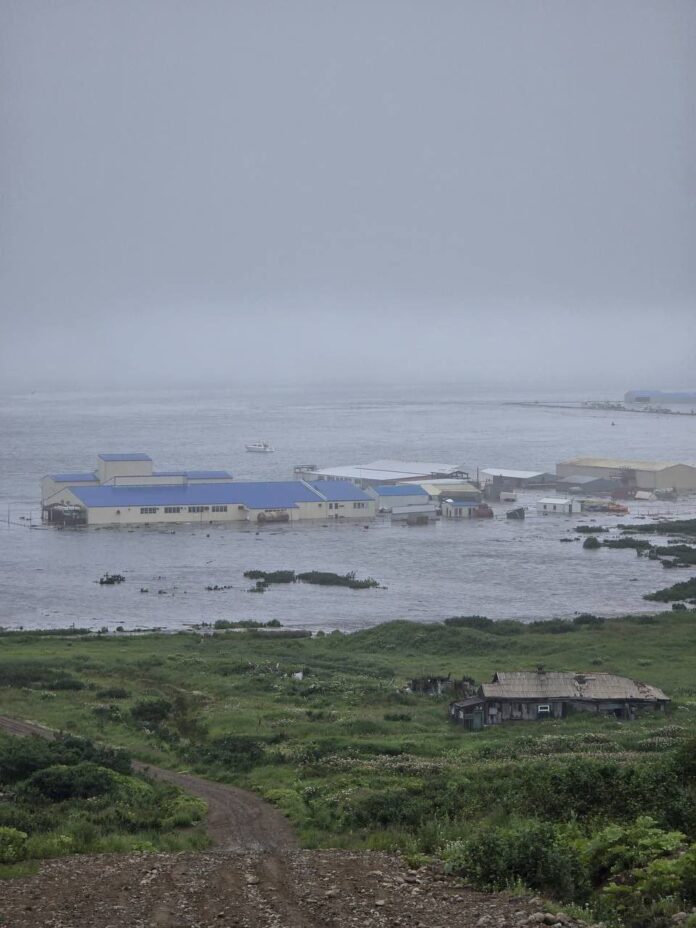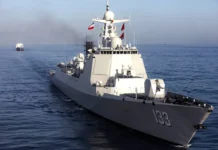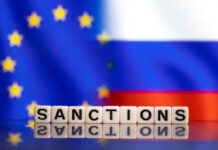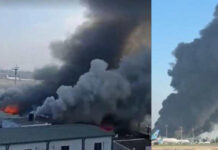Emergency alerts have been triggered across the Pacific and beyond after a massive 8.7-magnitude undersea earthquake struck off Russia’s far eastern Kamchatka Peninsula, sparking fears of potentially destructive tsunami waves.
According to the US Tsunami Warning Centres, waves of over three metres could hit parts of Ecuador, the northwestern Hawaiian islands, and Russia’s eastern coastline. Swells ranging from one to three metres are also expected in coastal areas of Chile, Costa Rica, Japan, Hawaii, and several Pacific islands.
Wider regions—among them Australia, Colombia, Mexico, New Zealand, Tonga, Taiwan, and parts of Southeast Asia—have been told to brace for waves up to one metre high.
In Japan, authorities have placed 1.9 million people under evacuation orders, urging extreme caution. “Citizens must stay on high alert,” the government said.
Hawaii is on full tsunami alert, with residents urged to move to higher ground immediately. Honolulu’s mayor warned locals: “Please take this very seriously. Get yourself as high as you possibly can.” Though no major wave has yet hit, authorities remain on edge.
The US west coast has been told to steer clear of beaches, harbours, and marinas until further notice, while China has issued tsunami warnings for Zhejiang province and Shanghai, expecting waves nearing one metre.
Peru has followed suit with a tsunami warning and is conducting “constant surveillance” of coastal conditions.
The sudden wave of alerts has triggered emergency protocols in dozens of countries. While some coastlines may only see minor fluctuations in sea levels, officials worldwide are urging the public to remain vigilant and follow evacuation or safety instructions closely. The next few hours will be critical in determining the scale of the disaster.



















